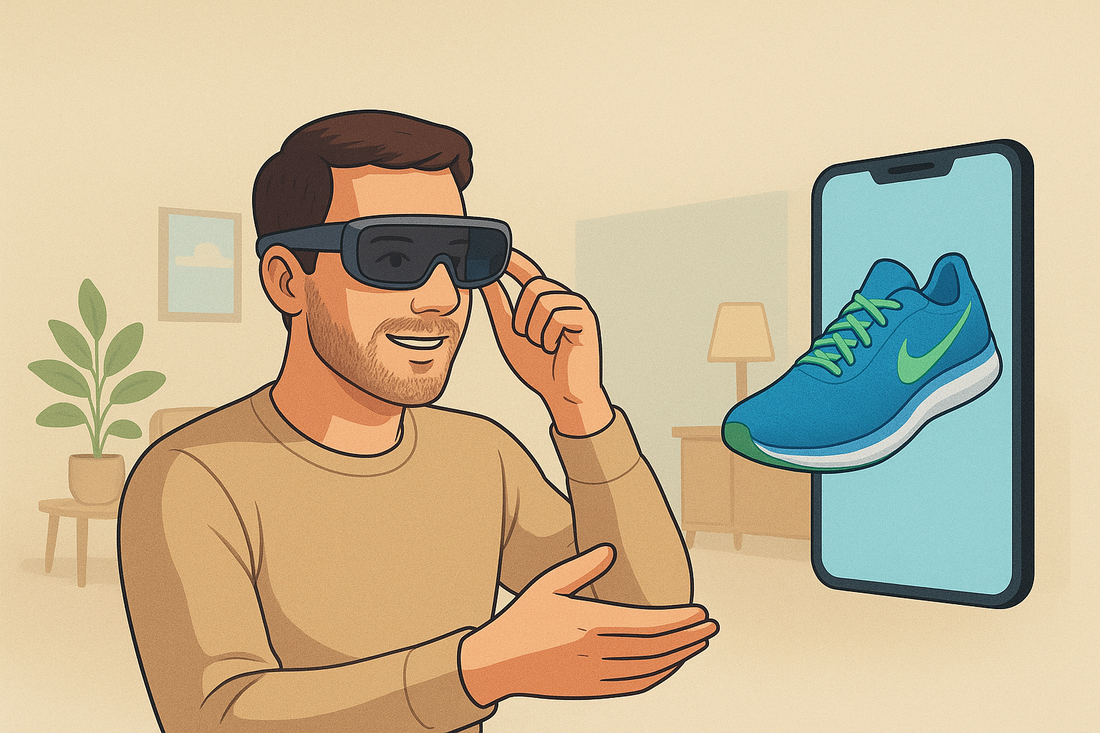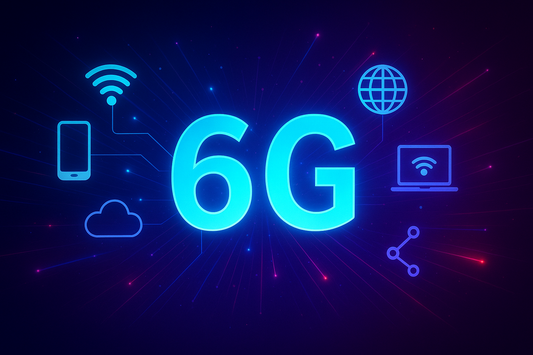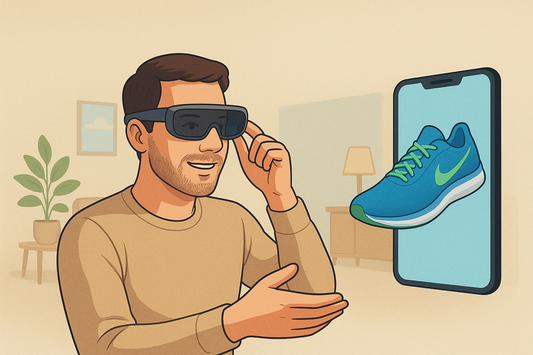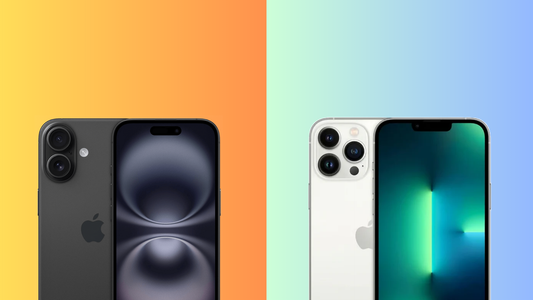
Augmented Reality in Everyday Life: Beyond Games
Givi TechnologyShare
Augmented Reality in Everyday Life: Beyond Games
Discover how AR is transforming sectors like education, healthcare, retail, and more.
Introduction
Augmented Reality (AR) is moving from a gimmick to a ubiquitous interface between people, data, and objects. This guide will show you how AR is transforming everyday life in key sectors.
From smart shopping to immersive education, AR is revolutionizing the way we interact with the world. Discover real-world uses, implementation decisions, spatial UX design, privacy, and how to measure impact.

AR is present in multiple aspects of daily life, from shopping to education.
1. Use cases beyond gaming
AR isn't limited to games. Here are some of the most relevant use cases:
Smart shopping and retail
Virtual fitting rooms and live labels that enhance the shopping experience.
Education and training
Simulations and 3D models for more effective learning.
Maintenance and industry
Remote assistance and real-time checklist for technicians.

Examples of AR in retail, education, and industrial maintenance.
2. Minimum architecture of an AR solution
An AR solution requires a robust and scalable architecture. Here are the key components:
RA Client
Mobile, glasses or WebXR browser for capture and rendering.
Services
Spatial anchors and object recognition in the cloud.
3D Content
GLB/GLTF models optimized for optimal performance.

Diagram of the basic architecture of an AR solution.
3. Spatial UX design
UX design in AR should be intuitive and user-centered. Here are some tips:
Visible anchors
Place content on stable surfaces with shadows for depth.
Gestures and voice
Prioritize short commands and natural gestures like pinch and rotate.
Security
It includes a protected area ( guardian ) to prevent accidents.

Examples of spatial UX design in AR applications.
4. Privacy and ethics
AR processes spaces, faces, and habits. It's crucial to address privacy and ethics from the outset:
Data minimization
Capture only the information essential for AR functionality.
On-device processing
Avoid security risks by processing data locally.
Transparency
Provides a clear and accessible privacy policy.

Importance of privacy and ethics in the development of AR applications.
Conclusion
Augmented Reality is transforming the way we interact with the world, offering richer and more useful experiences. By following best practices in design, privacy, and performance, we can create solutions that significantly improve people's lives.
Remember that valuable AR doesn't distract: it clarifies. It removes steps, not adds.

AR as a tool to simplify and improve everyday life.




